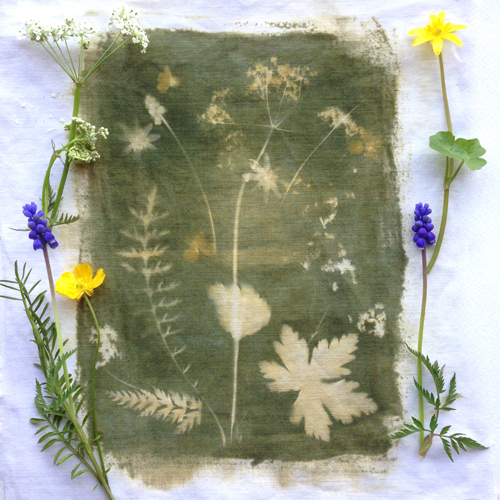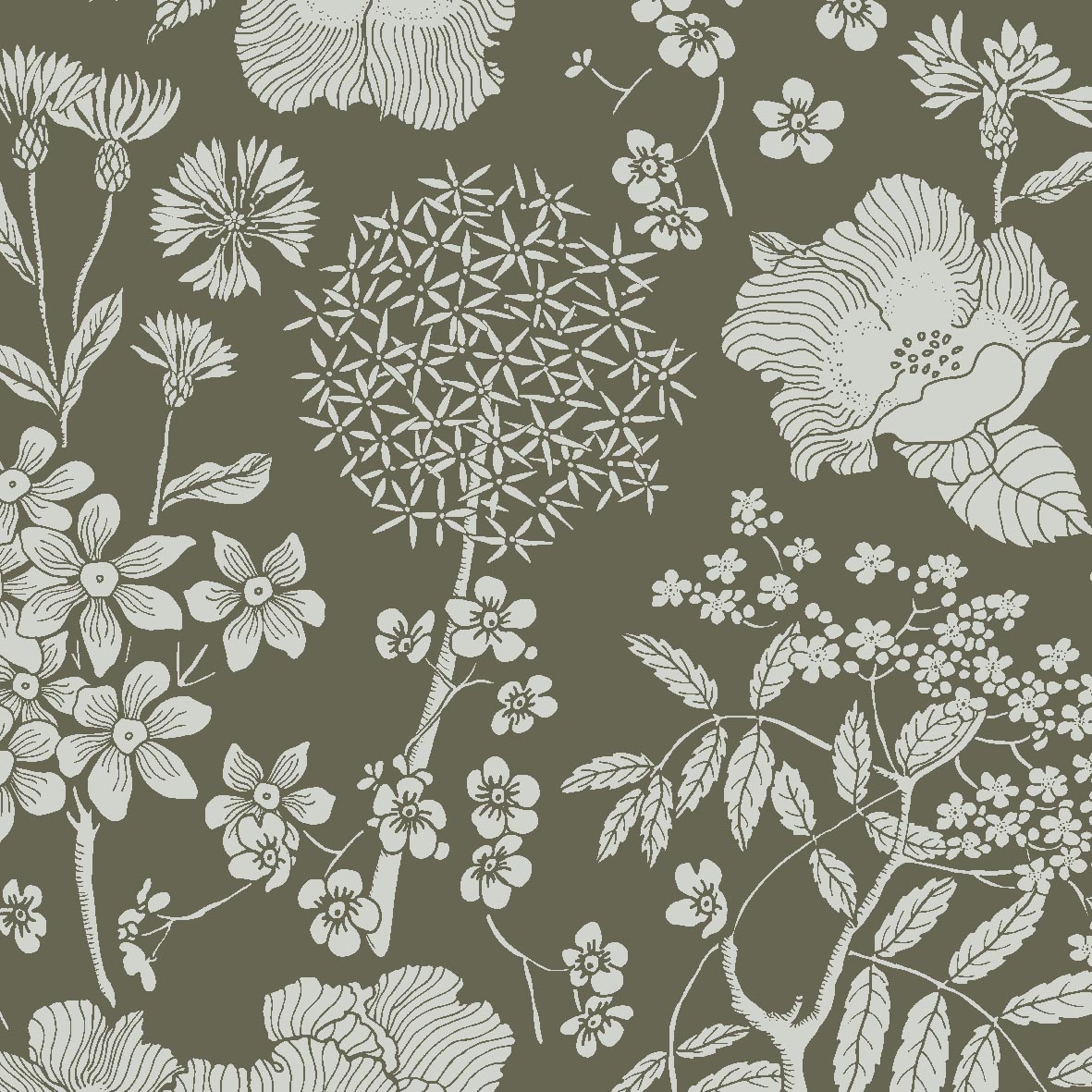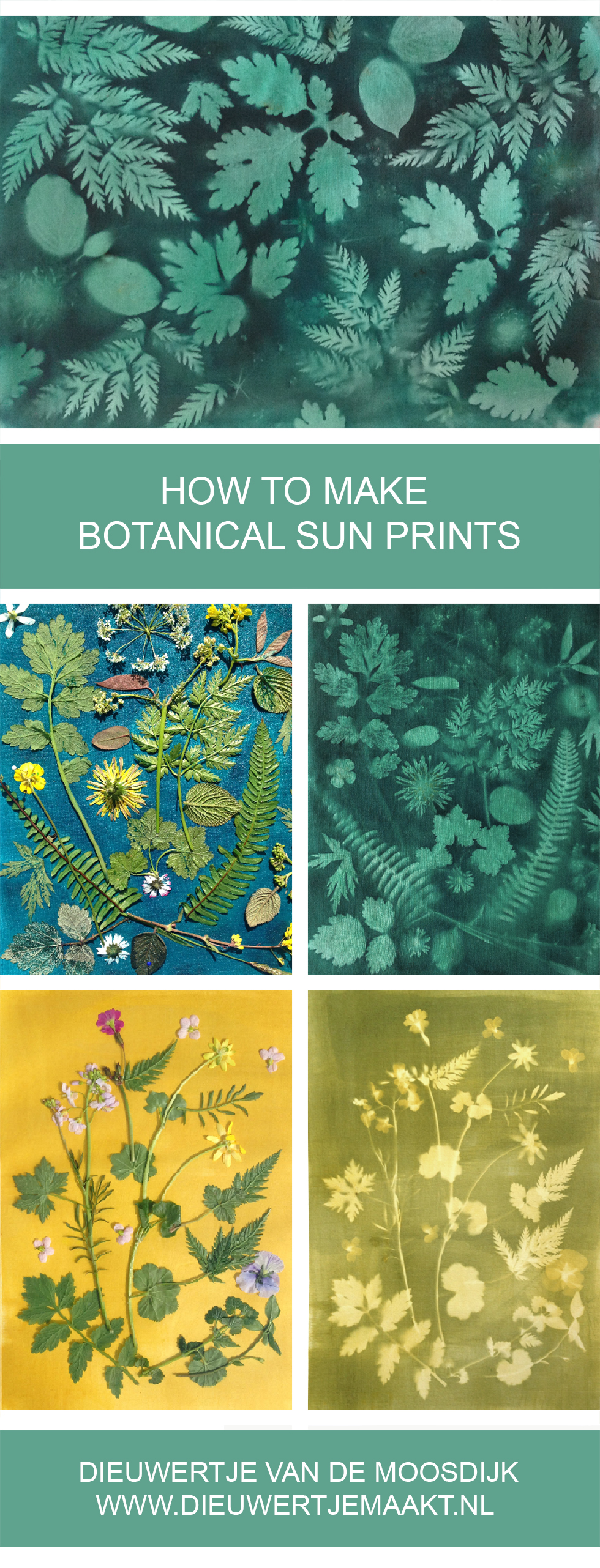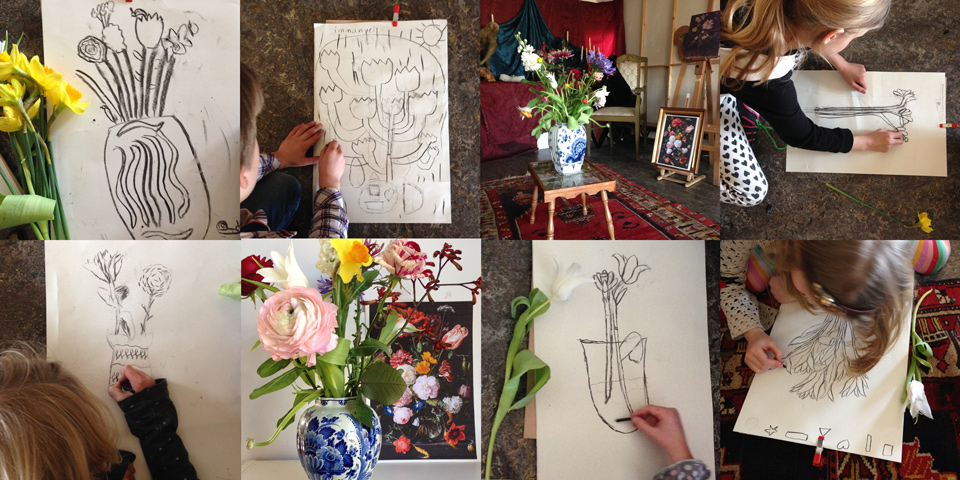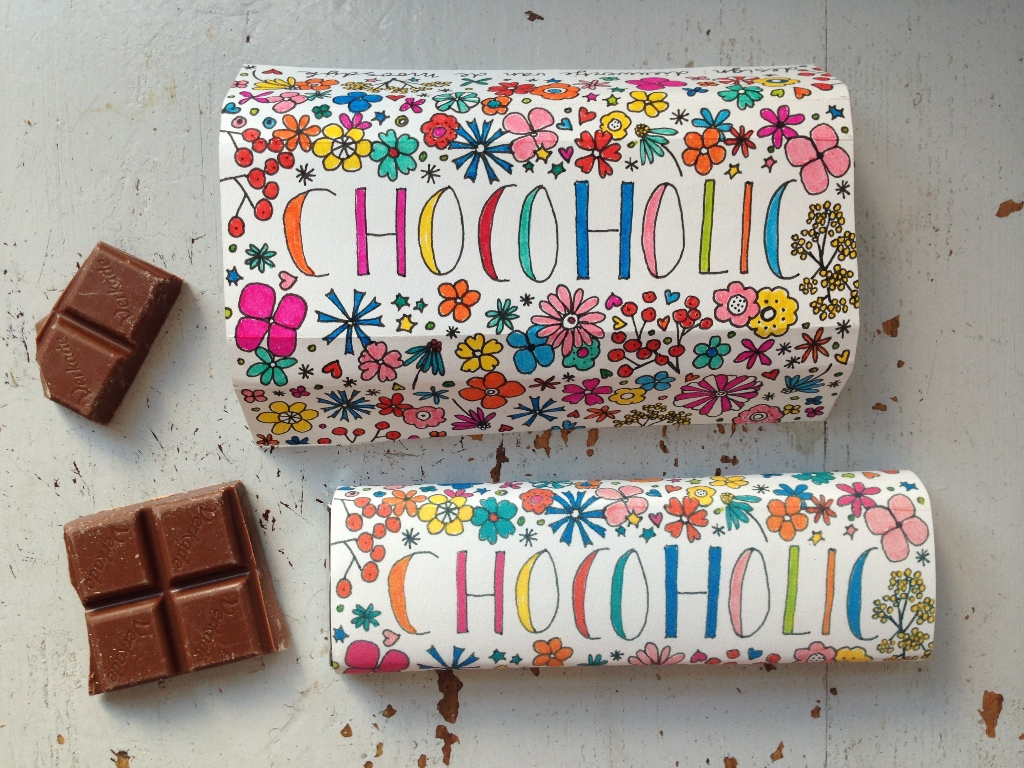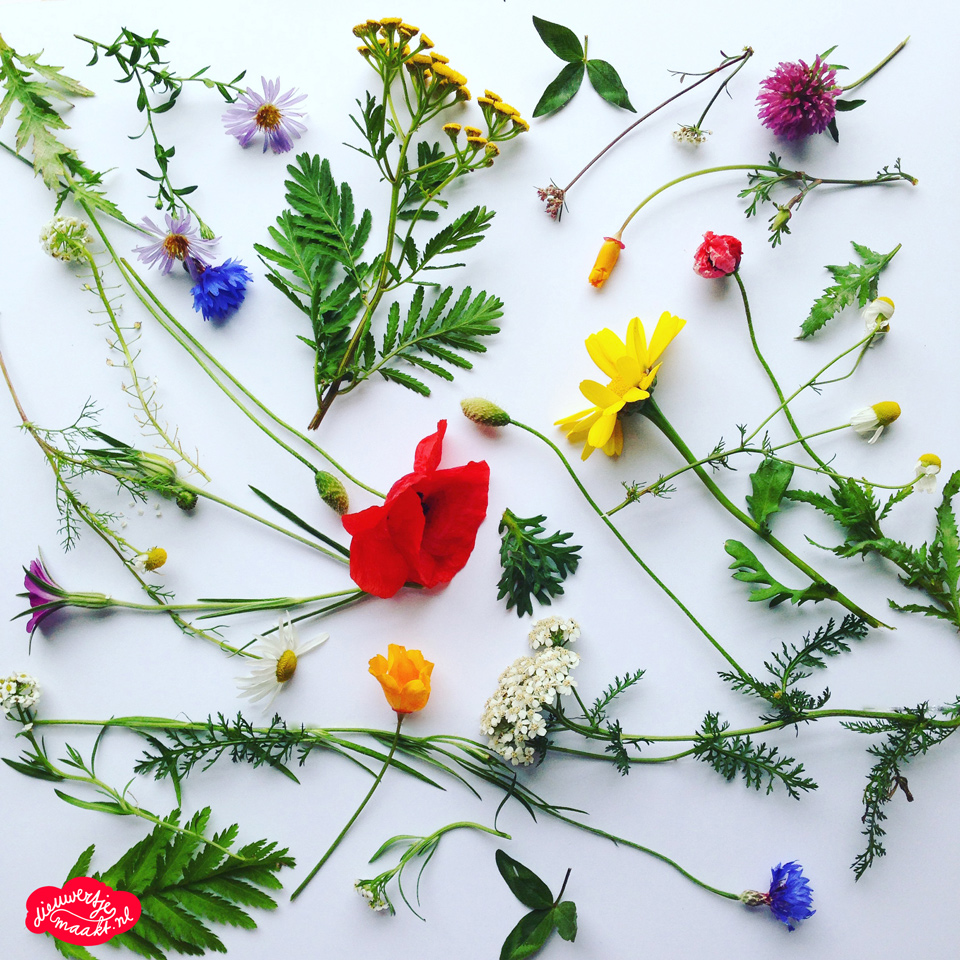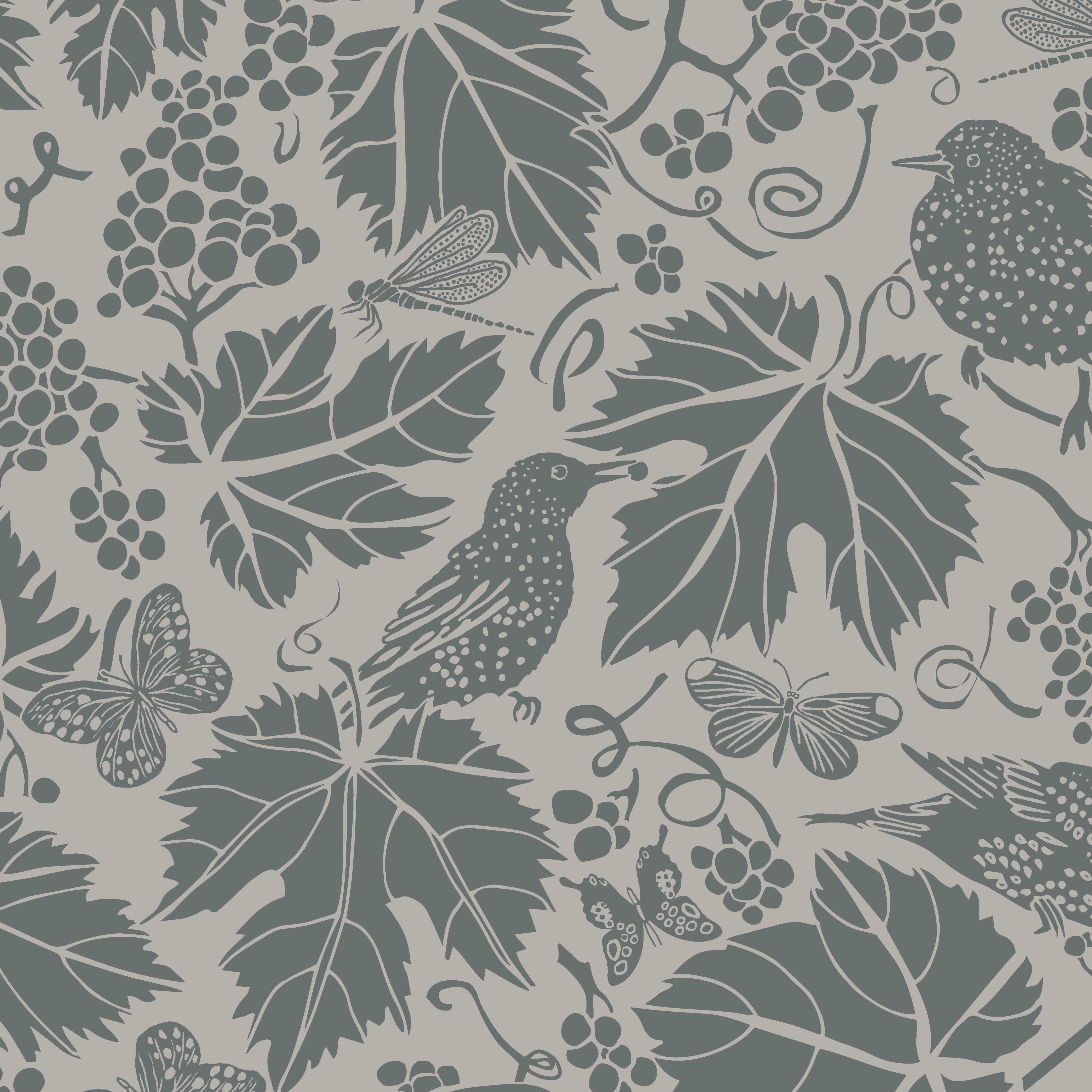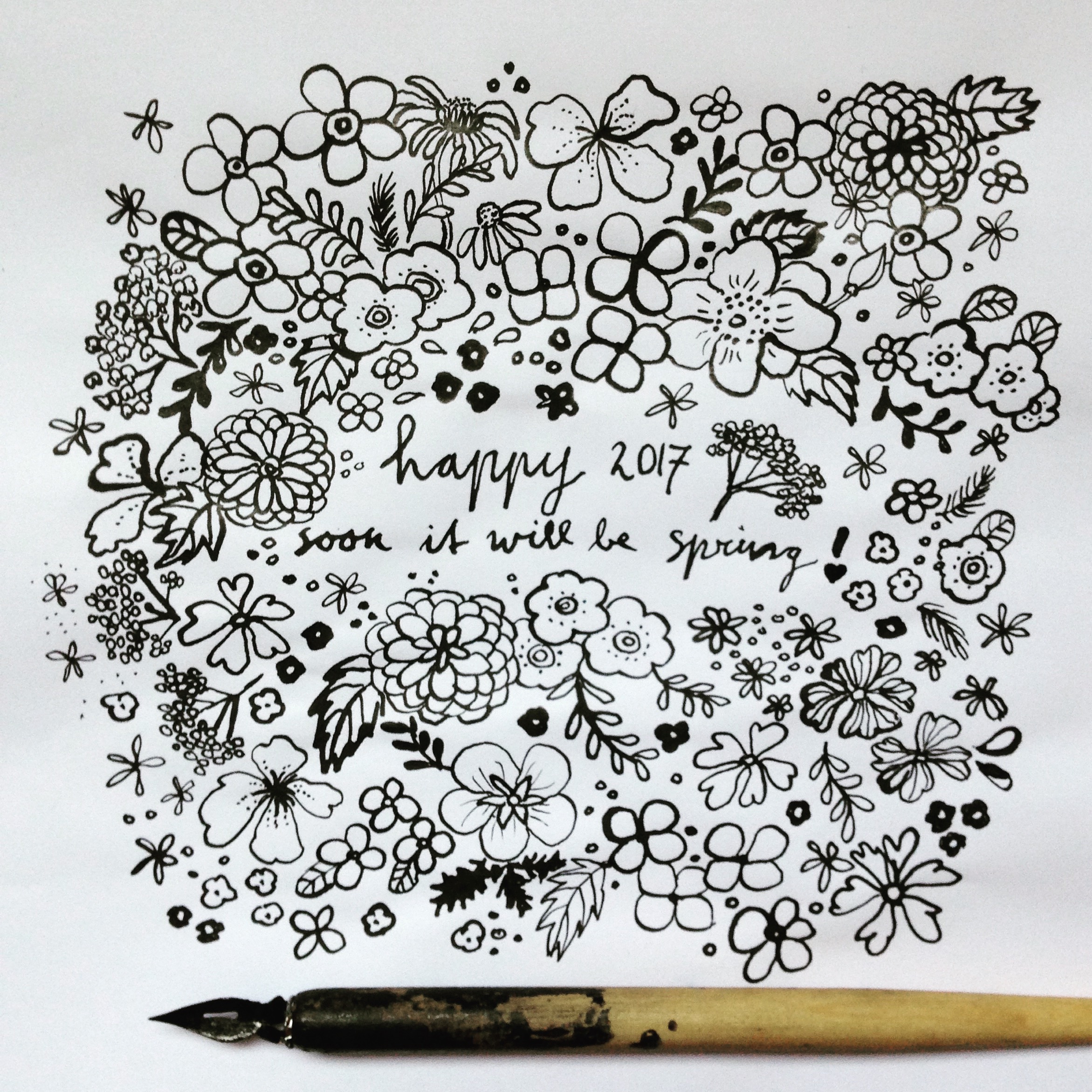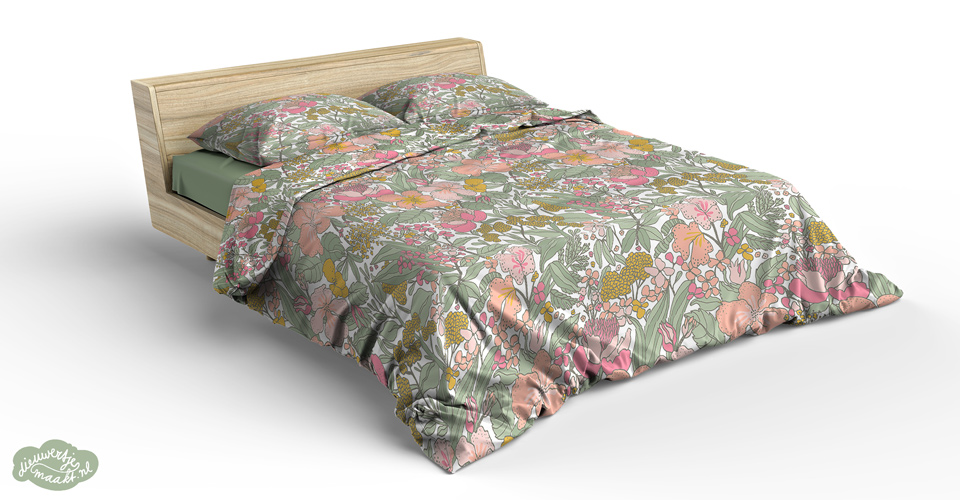DIY botanische sunprints
On the lovely Dutch website Stylink I’m sharing my tips and tricks on making botanical sun prints. You can read it over here, it’s a DIY in Dutch. Would you like to experiment with making sun prints too? Read my DIY in English over here.

